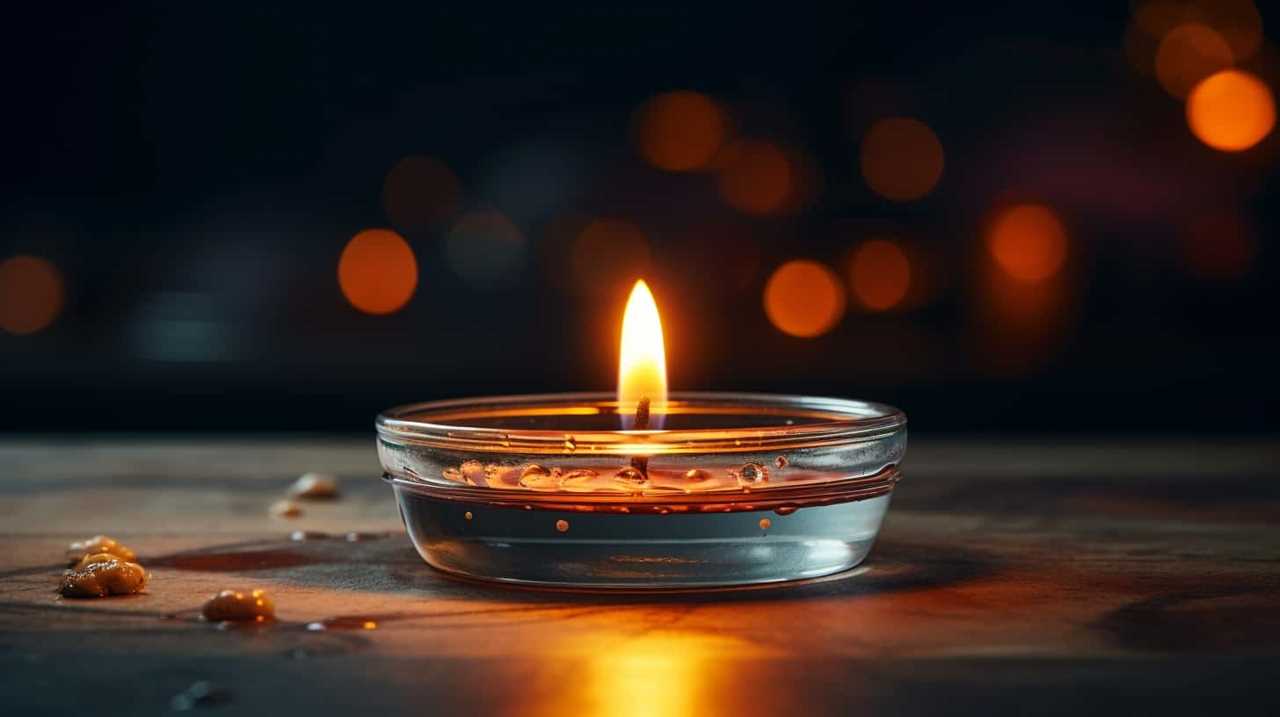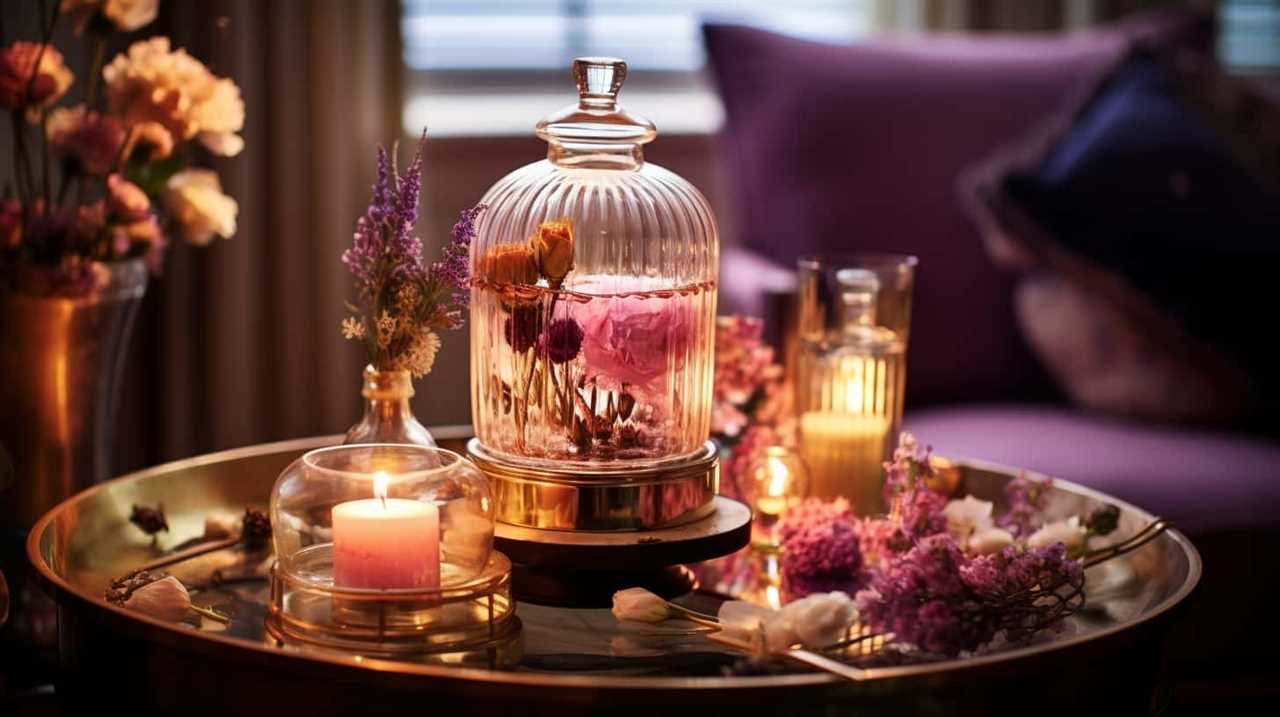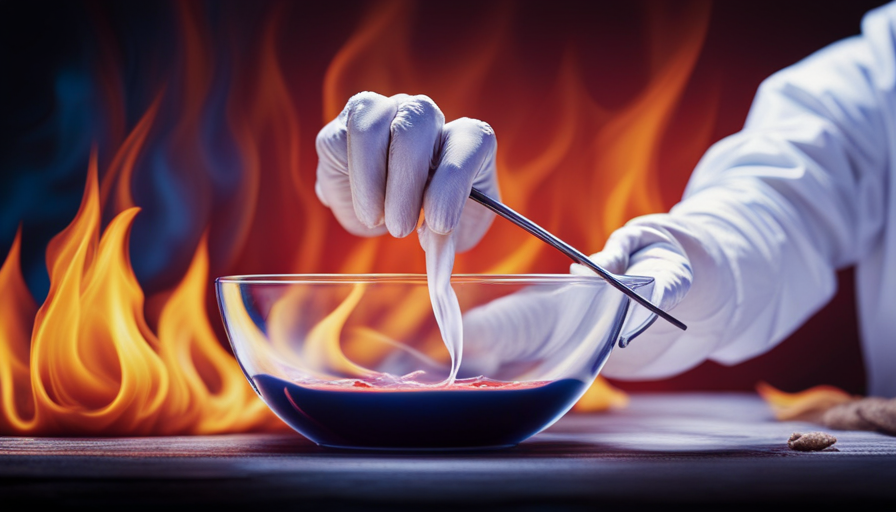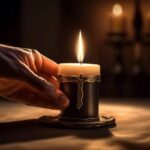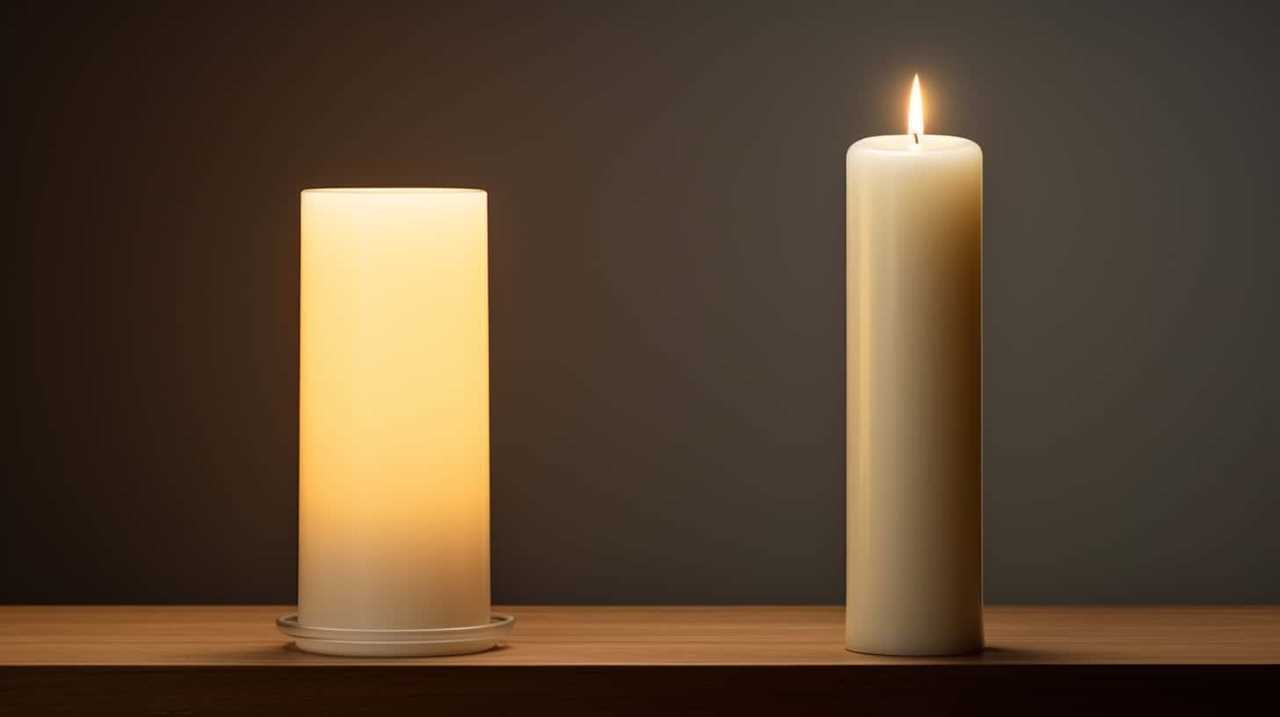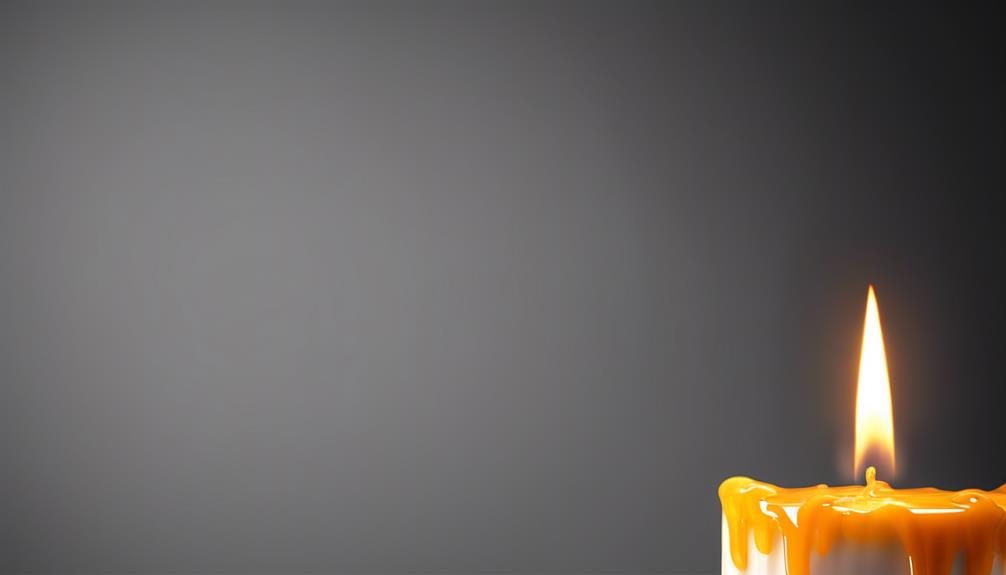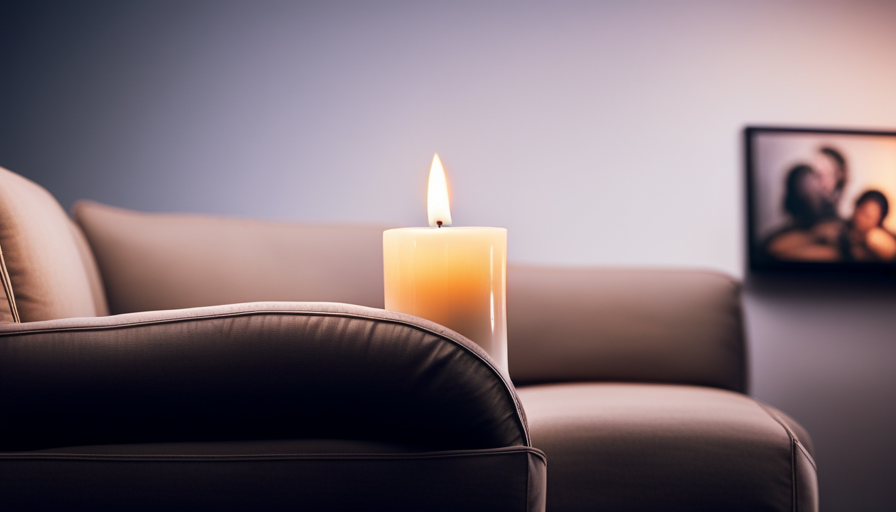Once the ceremony ends, what’s the best way to handle the baptism candle? As part of our faith community, we should seek ways to assist others and express our commitment in meaningful ways. Discover various ways to repurpose the baptism candle, honoring our spiritual growth and positively impacting those in our community. Discover new ways to keep your spiritual journey alive, even after the ceremony has concluded.
The candle can serve as a powerful symbol of our faith, displayed prominently in our homes or incorporated into our decor to remind us of our commitment to Christ. We can also use it to mark special occasions, such as birthdays or anniversaries, infusing these moments with the light of our baptism.
Alternatively, we can pass down the candle as a cherished family heirloom, ensuring that the flame of faith continues to burn for generations to come. Lastly, we can consider donating the candle to a church or charity, allowing its light to shine on others in need.
Let us explore the various ways we can continue to serve others through our baptism candle.
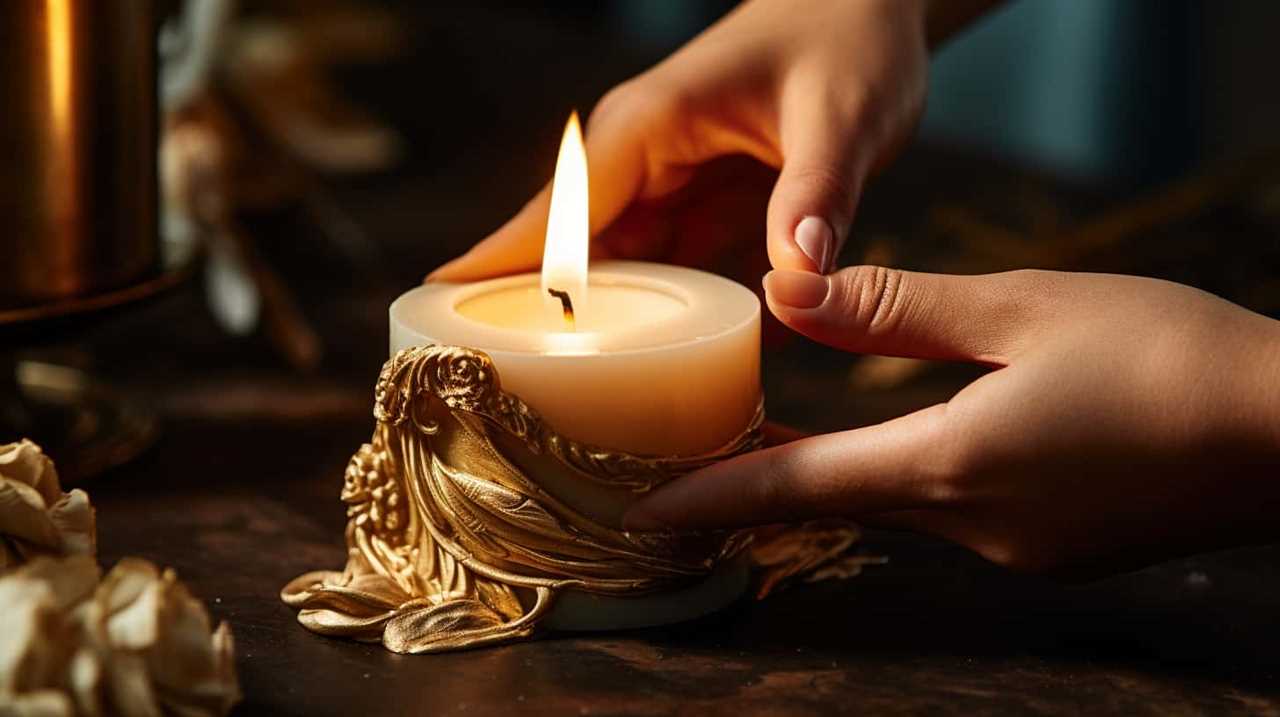
Key Takeaways
- Use the baptism candle as a visual reminder of our commitment to God
- Incorporate the baptism candle into personal prayer or meditation
- Gift or share the baptism candle with others as a symbol of support, gratitude, or encouragement
- Spread the message of God’s grace through the baptism candle by using it as a conversation starter and being a positive example of Christian values and love
Display as a Symbol of Faith
We should proudly display our baptism candle as a powerful symbol of our faith. The baptism candle holds deep meaning and significance in our spiritual journey. It represents the light of Christ that has entered our lives through the sacrament of baptism.
When we reflect on our own personal journey of faith, we can see how this candle has played a significant role in guiding and illuminating our path. It serves as a reminder of the commitment we made to follow Christ and live according to His teachings.
Displaying the baptism candle in a prominent place in our homes can serve as a constant reminder of our faith and the spiritual journey we’re on. As we incorporate it into our home decor, we create an atmosphere that invites us to live out our faith daily.
Incorporate Into Home Decor
To seamlessly integrate the baptism candle into our home decor, we can explore various creative ways to showcase its significance and beauty. One of the upcycling ideas is to transform the candle into a decorative centerpiece for our dining table. By placing the candle in a glass jar filled with water and floating flowers or beads, we create a serene and elegant display. Another creative DIY project is to incorporate the candle into a wall-mounted cross. We can attach the candle securely to the center of the cross and hang it in our living room or bedroom, serving as a constant reminder of our faith. Lastly, we can repurpose the candle by melting it down and creating unique, scented candles that can be placed throughout our home. By embracing these creative ideas, we can infuse our home decor with the spiritual significance of the baptism candle.
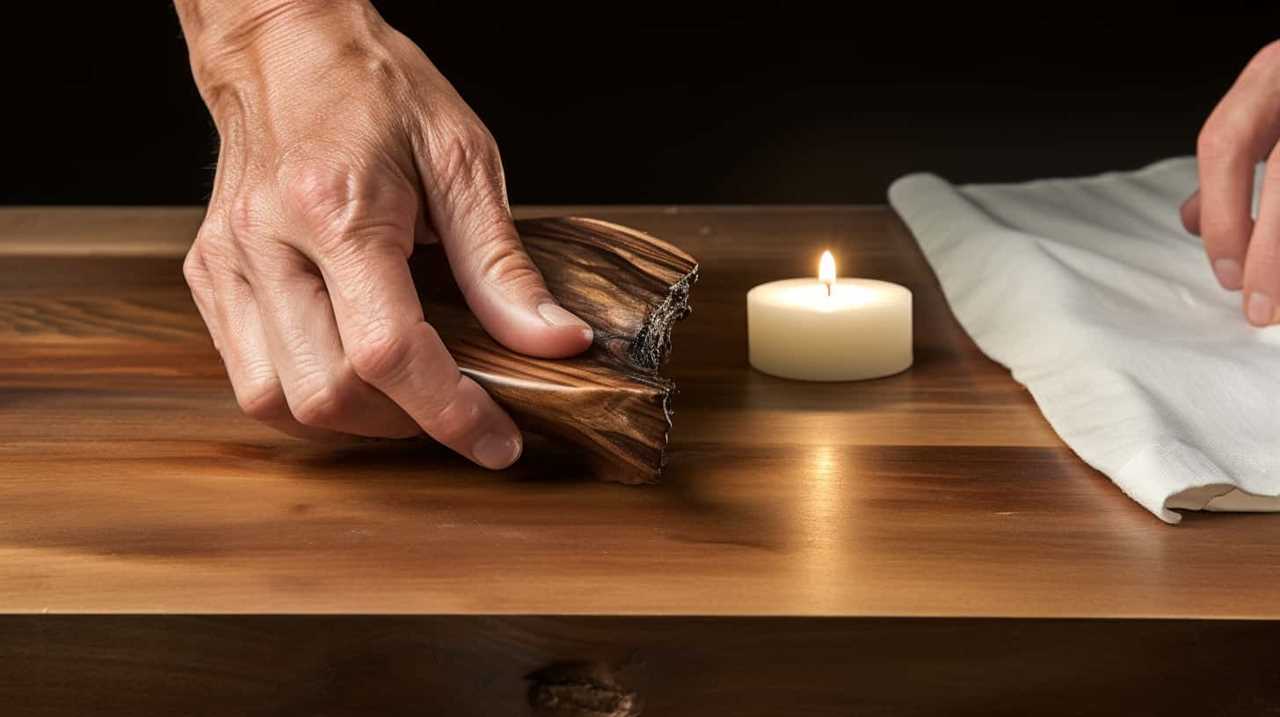
| Upcycling Ideas | Creative DIY Projects |
|---|---|
| Transform the candle into a decorative centerpiece | Incorporate the candle into a wall-mounted cross |
| Repurpose the candle by creating unique, scented candles |
Use for Special Occasions
For special occasions, we can incorporate the baptism candle by lighting it and creating a warm and sacred atmosphere. The baptism candle, with its symbolism of new life and spiritual rebirth, can be a powerful tool to enhance the meaning and significance of these special moments.
One way to use the baptism candle is as a personalized keepsake. You can carve or etch the name and date of the baptism onto the candle, making it a cherished memento for the family.
Additionally, the baptism candle can be used in creative DIY projects. You can repurpose the candle by melting the wax and creating beautiful scented candles or using the candle holder as a decorative piece for future celebrations.
With a little creativity, the baptism candle can continue to bring joy and spirituality to various occasions.
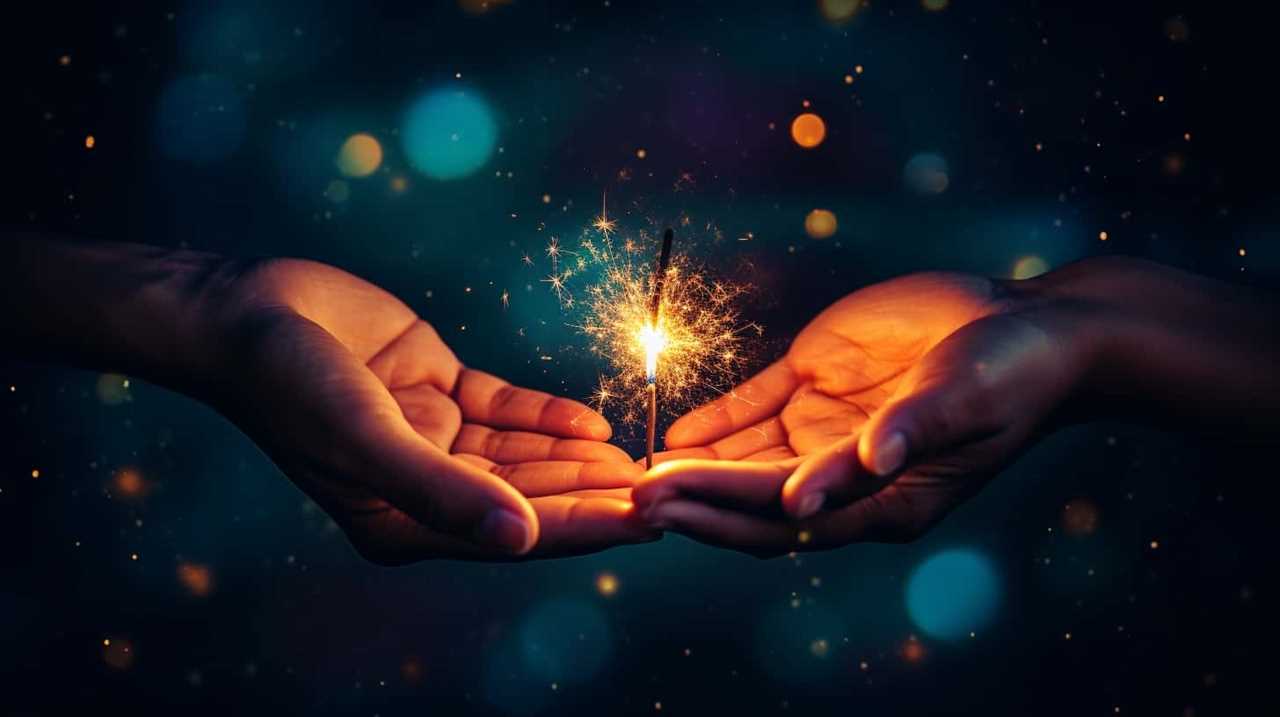
Pass Down as a Family Heirloom
How can the baptism candle be passed down as a cherished family heirloom?
One beautiful way to preserve the significance of the baptism candle is to create a handmade candle holder that can be passed down through generations. This creative DIY project not only serves as a practical and decorative piece, but also holds deep spiritual meaning.
By using materials such as wood, metal, or clay, you can design a unique and personalized candle holder that reflects your family’s faith and values. The process of crafting this heirloom can be a wonderful opportunity for bonding and reflection, as you contemplate the sacredness of the baptismal ceremony.
As you pass down this treasured item, future generations will be reminded of their spiritual journey and the importance of their baptism.
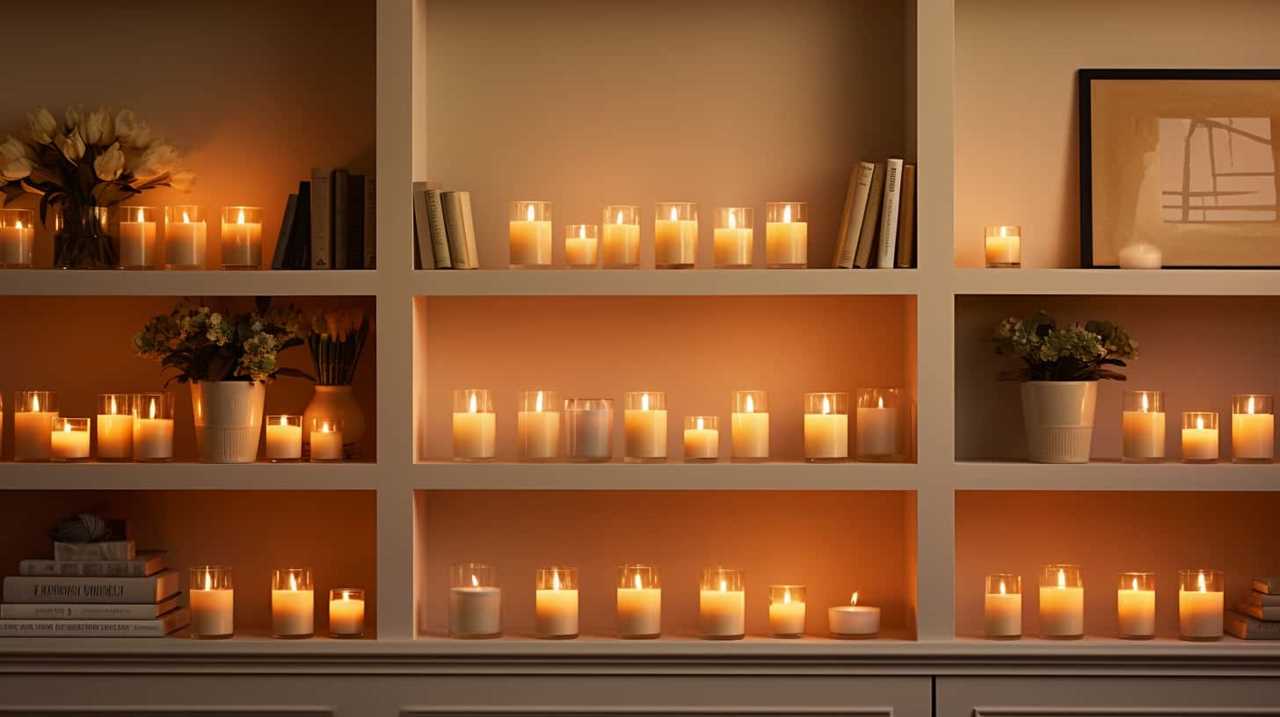
Donate to a Church or Charity
We can consider donating our baptism candle to a church or charity as a meaningful way to share the blessings of our faith. By giving our candle to a church, we contribute to the sacred atmosphere of worship and enable others to participate in the sacrament of baptism.
Additionally, donating our candle to a charity can have a profound impact on those in need. For example, we can choose to donate our candle to orphanages, where it can bring comfort and hope to children who may not have experienced the love and support of a family.
Another option is to gift the candle to a newly baptized person, symbolizing the passing on of our faith and the light of Christ to future generations.
Through these acts of love and generosity, we can spread the message of God’s grace and bring joy to others.

Frequently Asked Questions
Should I Light the Baptism Candle During Special Occasions or Keep It as a Decorative Item?
Lighting the baptism candle during special occasions serves as a beautiful symbol of our faith and the light of Christ. However, keeping it as a decorative item can also remind us of our baptismal promises and the grace we received.
Can I Personalize the Baptism Candle With the Child’s Name and Date of Baptism?
Can we personalize the baptism candle with the child’s name and date of baptism? Absolutely! It adds a special touch to the ceremony and creates a cherished keepsake. Get creative with unique designs that reflect the significance of this sacred event.
How Can I Preserve the Baptism Candle to Ensure Its Longevity?
Preserving techniques and display ideas for the baptism candle ensure its longevity. We can use airtight containers or display it in a special spot, reminding us of our baptism and the light of Christ in our lives.
Is It Appropriate to Use the Baptism Candle During Other Religious Ceremonies or Rituals?
Using the baptism candle in non-religious ceremonies can be appropriate if it holds personal significance. For instance, lighting it during family gatherings to symbolize unity and love. Alternative uses can include meditation or prayer rituals.
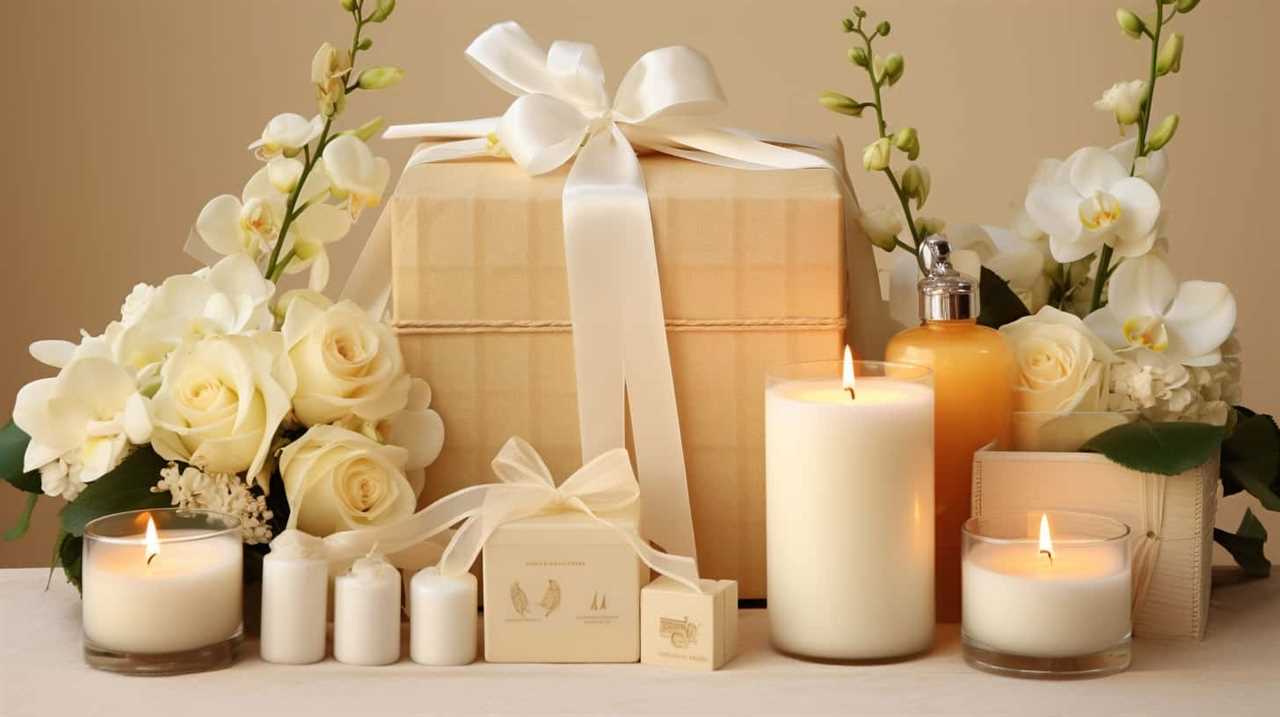
Are There Any Specific Traditions or Customs Associated With the Use of a Baptism Candle?
There are many customs and traditions associated with the use of a baptism candle. It holds great significance in Christianity, symbolizing the light of Christ and the new life found in baptism.
Conclusion
In conclusion, the baptism candle holds great significance in our faith and can be cherished in various ways.
Whether displayed as a symbol of our devotion, incorporated into our home decor, used for special occasions, passed down as a family heirloom, or donated to a church or charity, this sacred object carries the light of God’s love and the promise of eternal life.
Let it illuminate our hearts and guide us on our spiritual journey.
